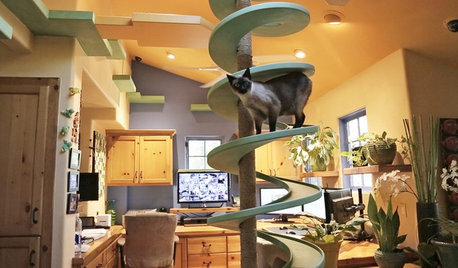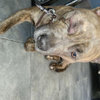Fatty Liver Disease in cats
newhomeseeker
14 years ago
Related Stories

PETSGarden Alert: 22 Plants to Keep Away From Pets
Avoid potential danger by keeping dogs and cats away from these landscaping and houseplant favorites
Full Story
HEALTHY HOMEWhat You Need to Know About Dust and How to Fight It
Breathe easier with these 10 tips for busting mites, dander and other microscopic undesirables
Full Story
PETSWe Want to See the Most Creative Pet Spaces in the World
Houzz is seeking pet-friendly designs from around the globe. Get out your camera and post your photos now!
Full Story
HEALTHY HOME12 Ways to Set Up Your Kitchen for Healthy Eating
Making smart food choices is easier when your kitchen is part of your support team
Full Story
HOUSEKEEPINGDishwasher vs. Hand-Washing Debate Finally Solved — Sort Of
Readers in 8 countries weigh in on whether an appliance saves time, water and sanity or if washing by hand is the only saving grace
Full Story








laurief_gw
rivkadr
Related Professionals
Fayetteville Architects & Building Designers · Frisco Architects & Building Designers · Davidson Furniture & Accessories · Greenwood Village Furniture & Accessories · Alafaya Cabinets & Cabinetry · Burr Ridge Cabinets & Cabinetry · Phelan Cabinets & Cabinetry · Ballwin Flooring Contractors · Cleveland Flooring Contractors · Edmonds Flooring Contractors · Framingham Flooring Contractors · Kendall West Flooring Contractors · Randolph Flooring Contractors · Smyrna Flooring Contractors · Willoughby Flooring ContractorsnewhomeseekerOriginal Author
tournant
Meghane